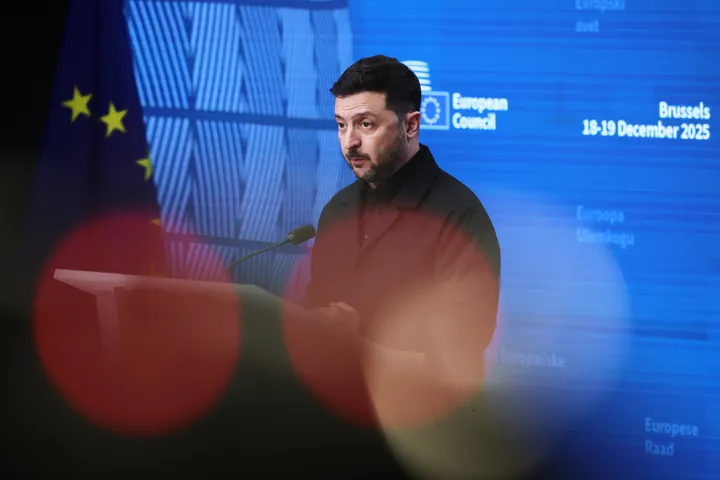In 2015, more than 1 million people arrived in Europe by sea as a result of a massive refugee crisis that displaced millions of people.
Two years later, a solution for the crisis is still yet to be found. Conflicts in Iraq, Afghanistan, and Syria – the countries from which the majority of the refugees originate – have yet to be solved.
According to the International Organization for Migration (IOM), more than 140,000 migrants and refugees had crossed the seas into Europe in the first nine months of 2017.
The terms migrant, refugee, and asylum seeker are increasingly being used ever since the 2015 crisis to describe the people arriving in Europe. The terms have been used interchangeably to describe these people fleeing their home countries.
But those terms serve more than a just definition for their status. They all have legal obligations and consequences for the refugees and the host countries.
Who is a migrant?
The IOM defines a migrant as any person who is moving or has moved across an international border or within a state away from their usual place of residence.
The only issue is the fact that they have moved and the person's legal status is irrelevant as are the causes for the movement. The length of the stay is also not important. Some may move because they are being persecuted or for economic reasons or simply to be reunited with their families.
Migrants include those who will later seek asylum and obtain refugee status.
Who is an asylum seeker?
An asylum seeker is a person who makes a legal request for international protection. According to the UNHCR, every year around one million people seek asylum. As long as the application is pending, the status remains asylum seeker.
However, each country has different qualifications to determine who qualifies for international protection, and they have different processing rules.
Refused asylum seekers who have no other application to be processed face deportation, unless they are granted permission to stay on other grounds.
Who is a refugee?
Once a person has been granted asylum, they are then classified as refugees or described as having been granted refugee status.
They are protected under international law by the 1951 refugee convention, as it is too dangerous to return home.
Definition of a refugee and basic rights afforded to them are determined under this convention.
According to this convention, a refugee is described as being a person who "owing to a well-founded fear of persecution for reasons of race, religion, nationality, membership of a particular social group or political opinions, is outside the country of his nationality and is unable or, owing to such fear, is unwilling to avail himself of the protection of that country."
As millions of people enter other countries illegally, the convention recognises that seeking asylum can require refugees to breach some immigration rules. For instance, a refugee has a right to not to return home where they fear their life and freedom is not protected.
The case of minors
More than half the world’s 22.5 million refugees are minors, youth under the age of 18, and the number of child refugees is growing.
“Last year alone, 64,000 unaccompanied and separated children were apprehended at the US-Mexico border, more than 2.4 million Syrian refugees were children and more than one million fled South Sudan” said UNHCR’s Assistant High Commissioner for Protection Volker Turk during a key annual address in October.
The 1959 UN Declaration on the Rights of the Child states that "The child shall in all circumstances be among the first to receive protection and relief."
Young asylum-seekers and refugees, who often flee alone face greater risks than other children.
Ignoring their status as minors and simply treating them as migrants, refugees, or asylum seekers might eliminate their rights as minors. These rights in terms of the UN declaration include access to basic services for safety, health and education.
Although EU migration law determines that minor refugees will receive education in the host country, this right depends on the asylum or migration process to be able to get education.
Authorities can legally postpone children’s access to school for up to three months after their application for asylum. In case of undocumented child refugees, receiving education gets even harder as meeting refugee criteria legally is even harder for them.
Their entitlement to basic education is recognised only by ten EU-member states, while five explicitly exclude them from schooling.
























